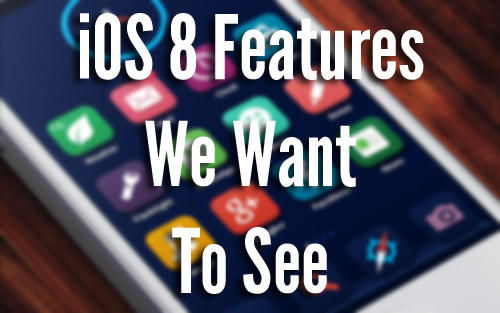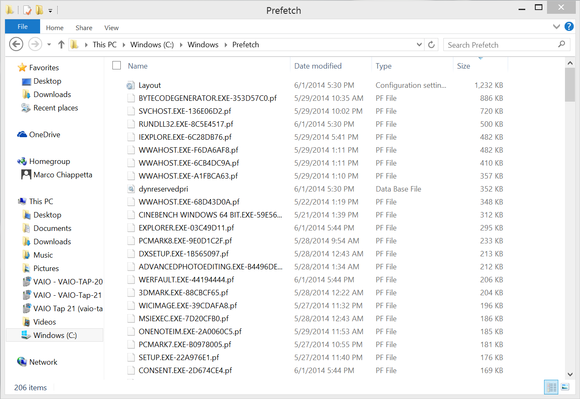How To Use iOS 8 Additions Streamline Communicate And Share
iOS users will have plenty of new things to familiarize themselves with this fall. That’s when iOS 8 arrives, and Apple’s updated mobile operating system promises a slew of new features and enhancements that aim to help you communicate and share more easily.While most of us will have to wait until the fall to really explore the many changes announced Monday during the Worldwide Developers Conference keynote, app makers and developers will get an early crack at iOS 8, with a pre-release version available now for anyone with a developer account. Here are the features we’re most excited to see.Apple introduced new interactive notifications that allow you to respond to alerts without having to leave the app you’re in. Get a calendar invitation, and you can respond, all while continuing to compose that email or—more likely—play that mobile game. You can also interact with notifications from your mobile device’s lock screen, swiping on a notification to deal with it.
OPTIONALLY SEE BELLOW:
iOS 8 adds most frequent contacts across the top of the multitasking menu, allowing you to quickly call, text, or FaceTime friends, family, or other VIPs.
Mail: Mail will get several new tools in iOS 8, starting with the ability to add an event to your calendar directly from within an email message. Mail now incorporates several new gestures into the interface, letting you swipe to flag, delete, or mark an email as unread. Dragging all the way across on a message will delete it from your mailbox.
Perhaps one of the coolest feature in iOS 8’s Mail will be the ability to minimize drafts by swiping down. With this feature in place, you’ll be able to more easily grab information from one message and put it in another.

Safari: The built-in browser for iOS is in line for a few updates as well. Safari’s quick-glance tab view from OS X comes to the iPad version of the browser as will the just-announced sidebar slated for OS X Yosemite, which Apple also previewed on Monday.OS X’s Yosemite update also inspires some new spotlight features in iOS 8. Searching for “Yosemite,” for example, brings up the Wikipedia page for Yosemite, news, and all other kinds of relevant information.
Keyboard: A new keyboard in iOS 8 will use predictive typing to speed up input. As you type out words with the new keyboard, recommendations for the next word based on common phrases will pop up; you can then add those to your message. We’ve seen this a bit with the keyboard in the SwiftKey Note app, but Apple’s solution goes a bit further to learn your personal voice (all the while maintaining your privacy, Apple executives were quick to add during Monday’s keynote.)
Continuity features: Apple wants better integration between all those devices you own, so iOS 8 is going to let you pick up on your iPad what you were doing on your iPhone. That includes taking phone calls on your tablet by more easily creating a portable hotspot for sharing your phone’s connection.
Messaging: Enhancements in the Messages app in iOS 8 focus on group messaging; you can add and remove people within a thread. Other enhancements let you name your thread for easily tracking or turning on a Do Not Disturb setting for a particular thread. You can share your location with people in a conversation;if they’ve shared with you, you can see their location on a map.
iCloud Drive: iCloud Drive promises a better way to work across applications in iOS 8. For example, if you’re working in an app such as Sketchbook, you can open up a document from another application and edit them in that app.
Photos With iOS 8, photos will be integrated with iCloud so that every photo you take will be available on all your iOS and OS X devices. To help you sort through all the photos in iCloud, you can search by location, time, and albums you’ve set up. And there are smart editing controls that help you quickly edit and crop photos from your device.
Siri. Siri also gets some enhancements in iOS 8. Saying “Hey, Siri” will now let you interact with Siri in your car so you don’t have to touch your phone while driving. (OK Google, that feature may sound pretty familiar to you.) Siri will also add Shazam integration to help identify the song that’s currently playing on the radio; you can buy that song using voice commands from Siri. Apple’s digital assistant also gains streaming voice recognition and 22 new dictation languages in iOS 8.
ALSO NEWS FOR IOS 8 : CLICK HERE
















